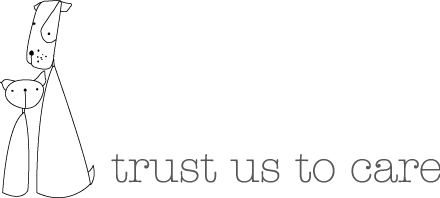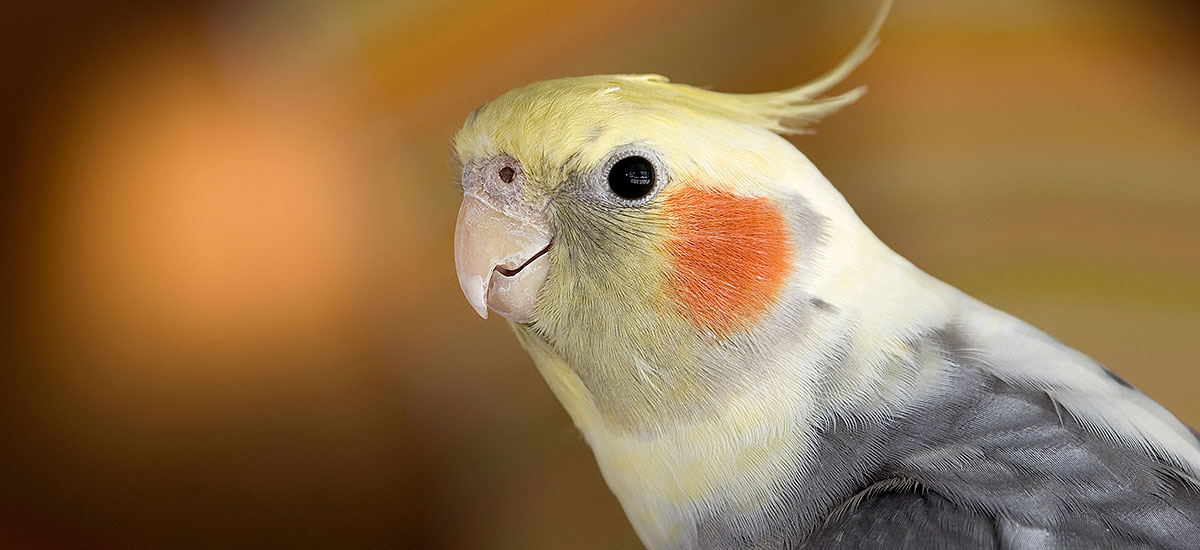Feeding Pet Parrots
There are 3-400 species of psittacine (parrot like) birds on planet earth, coming from many different continents and habitats. A significant number of species are kept as pet birds, from a multitude of different environments. In nature, only a very small number of species feed predominantly on seed and virtually no species feeds on seed exclusively. Therefore, the traditional “parrot mix” seed-based diet, traditionally fed to many pet parrots is not a natural diet and nor is it nutritious. Seed contains significant amounts of oil, which can predispose to obesity, dyslipidaemia, unwanted or excessive hormonal/reproductive behaviours and atherosclerosis, in pet birds. Seed is also deficient in many important vitamins, minerals and other nutrients, for example:
- Vitamin A
- Vitamin D
- Calcium
- Magnesium
- Iodine
- Essential Fatty Acids
These deficiencies can cause a myriad of different health problems, especially when there is a chronic deficiency over many months or years. Swollen salivary glands, enlarged thyroid glands, brittle bones, feather destructive behaviour/feather plucking, liver disease and seizures or neurological abnormalities are all examples of common adverse effects seen when feeding pet parrots, a diet of predominantly bird seed.
Unfortunately, parrots are also terrible selective eaters. Studies have shown that when healthy and unhealthy foods are offered together, parrots do not have the wisdom to select a diet that will result in optimal nutrition and more often than not, they will choose to eat the unhealthy items. Adding nutritional supplements to bird seed is difficult, because parrots remove the outer husk from the seeds before consuming them. Adding supplements to the drinking water is also unreliable as parrots are not consistent drinkers.
What’s more, seed that is stored in humid conditions, or for a prolonged period of time, may act as a great breeding ground for bacteria and fungi. Some of these can cause infections in pet birds and others produce toxins which can make birds very ill. One particular fungus, Aspergillus, which causes a disease called Aspergillosis (one of the most important respiratory diseases in pet parrots) often originates from seed and nuts, especially seed that has been bought loose, after being stored in multiple different warehouses in the supply chain, frequently in damp, dusty or humid conditions.
The current recommendation is to feed pet parrots a commercial, nutritionally formulated diet that makes up around 75% of what they eat. The remaining 25% should consist largely of multiple different types of fresh fruits, vegetables and greens, with a small amount of good-quality, pre-packed seed, used mostly as a treat or for training or enrichment purposes. Nutritionally formulated diets are available in the form of baked or extruded pellets, manufactured by companies such as: Kaytee, Versele Laga, Hagen, Harrison’s Bird Foods, Pretty Bird, Roudybush or Zupreem (list is not exhaustive). A product called “NutriBerries”, manufactured by Lafeber are an alternative (along with “Avi-Cakes” and “PelletBerries” by the same company). These are comprised of certain specifically selected seeds, that have been hulled, then coated in a vitamin and mineral supplement and combined with pellets. These can be used as a treat, or as a complete food. They are nutritious and promote normal foraging behaviours. Foraging behaviours are incredibly important for the psychological wellbeing of parrots, which naturally spend 40-75% of their time foraging for food.
Converting a seed junky onto a complete diet, such as a pelleted diet, is often not easy. With time and persistence, almost any bird(s) can be converted onto one of these diets. Frequently, the change can be made quite rapidly. But in some cases, it can take longer. Owners are advised not to give up, even after six months. At this point, if a bird is still not accepting of the formulated diet, swapping to a different formulated diet is recommended. Because parrots are selective eaters, offering a bowl of pellets alongside a bowl of seed will not work. The bird inevitably will choose the seed in this scenario.
Converting onto a Complete Diet
An example of a strategy that has proven to be successful for converting birds onto a formulated diet is as follows:
Offer the new diet ad lib (at all times). Initially, adding some warm water or fruit juice to the new food may encourage a bird to try it. Moist food should only be left in the cage for a couple of hours, to prevent bacteria or fungus proliferating on it, which could make a bird sick. For as long as the bird is not eating the new diet, offer the original diet for 20 minutes, 2 or 3 times a day (3 times a day for smaller species), to ensure the bird still gets a chance to eat. Owners are encouraged to make the new food seem attractive by pretending to eat it themselves. Eating is a social activity for parrots, which often take the lead from other members of their flock. If the bird does try the new food, then, assuming it’s a tame bird, giving it praise as a reward may be very helpful for the conversion process. Monitoring a bird’s body weight by weighing it at the same time each day, on the same scales, can help ensure that the bird is maintaining its weight and not losing significant condition. Monitoring the droppings to ensure the dark part of the dropping continues to be produced is another way to check if a bird is still eating, and a reduction in this part of the dropping may indicate a reduction in eating.
Birds that are breeding, free flying, living outdoors in colder climates or species which have specialist diets (for example lories and lorikeets) may require a different diet to that described above. The above applies to most of the common species of pet parrot-like birds living in a household situation. For more information on parrot feeding or avian health or to discuss the nutritional needs of your bird(s) in more detail, please consult an avian vet. The Association of Avian Veterinarians (AAV) can provide information on local avian vets. The Royal College of Veterinary Surgeons and European Board of Veterinary Specialisation (EBVS) via ECZM (European College of Zoological Medicine) provide information on where to find a board-certified specialist in avian medicine.
Author: Dr Tariq Abou-Zahr BVSc CertAVP(ZooMed) MRCVS






